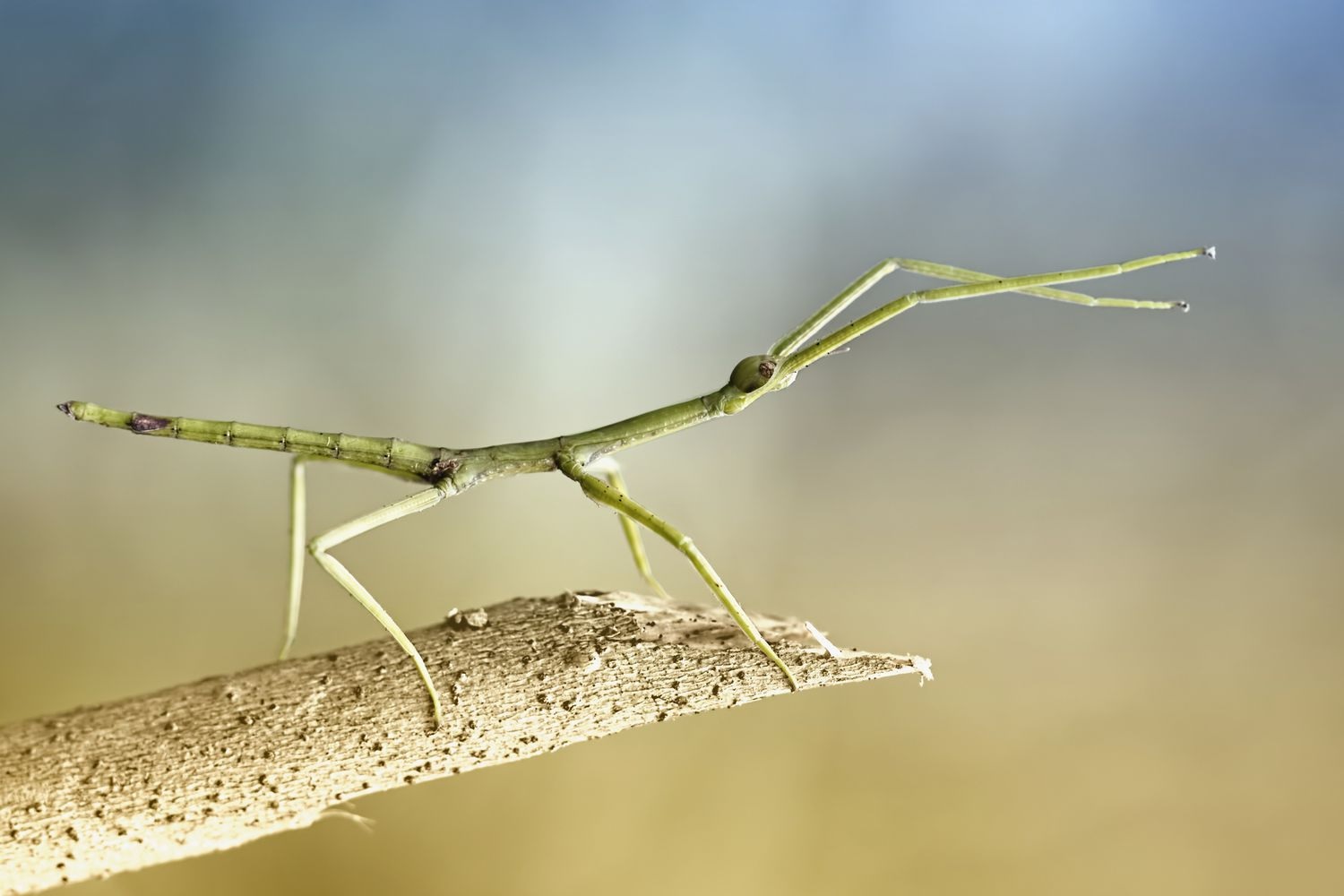
Did you know that stick bugs, also known as walking sticks, are masters of disguise? These incredible insects can blend seamlessly into their surroundings, making them nearly invisible to predators. Stick bugs are found all over the world, from tropical rainforests to temperate regions. Some species can even regenerate lost limbs! They come in various shapes and sizes, with some growing up to 13 inches long. Stick bugs are herbivores, munching on leaves and plants. Their unique appearance and fascinating behaviors make them a subject of curiosity and wonder. Ready to learn more about these amazing creatures? Let's dive into 20 mind-blowing facts about stick bugs!
Masters of Disguise
Stick bugs, also known as phasmids, are fascinating insects that have evolved some incredible adaptations. Their ability to blend into their surroundings is just the beginning.
-
Stick bugs can mimic twigs and leaves. Their bodies are elongated and often resemble sticks or leaves, making them almost invisible to predators.
-
Some species can change color. Like chameleons, certain stick bugs can alter their color to match their environment better.
-
They can sway like a twig in the wind. To enhance their disguise, stick bugs often sway back and forth, mimicking the movement of twigs in the breeze.
Unique Defense Mechanisms
Stick bugs have developed a variety of ways to protect themselves from predators. These methods are as unique as they are effective.
-
Some stick bugs can release a foul-smelling liquid. This liquid deters predators and can be quite potent.
-
They can play dead. When threatened, some stick bugs will drop to the ground and remain motionless, pretending to be dead.
-
Certain species have spines or thorns. These physical features make them less palatable to predators.
Reproduction and Lifespan
The reproductive habits and lifespan of stick bugs are as intriguing as their appearance. These insects have some surprising traits.
-
Females can reproduce without males. In a process called parthenogenesis, female stick bugs can lay eggs that develop into clones of themselves.
-
Eggs resemble seeds. Stick bug eggs often look like plant seeds, helping them blend into their environment and avoid detection.
-
They have a long lifespan for insects. Stick bugs can live up to three years, which is relatively long compared to other insects.
Feeding Habits
Stick bugs have specific dietary preferences that help them thrive in their natural habitats. Their feeding habits are both simple and specialized.
-
They are herbivores. Stick bugs primarily feed on leaves, which they can consume in large quantities.
-
Some species prefer specific plants. Certain stick bugs are picky eaters and will only feed on particular types of vegetation.
-
They can eat toxic plants. Some stick bugs can consume plants that are toxic to other animals, gaining some protection from predators.
Habitat and Distribution
Stick bugs are found in various habitats around the world. Their distribution and preferred environments are quite diverse.
-
They are found on every continent except Antarctica. Stick bugs thrive in a wide range of climates and regions.
-
They prefer tropical and subtropical regions. These areas provide the warm, humid conditions that stick bugs favor.
-
They can live in forests, grasslands, and deserts. Stick bugs are adaptable and can be found in many different types of environments.
Interaction with Humans
Stick bugs have a unique relationship with humans, ranging from being kept as pets to being studied for scientific research.
-
They are popular pets. Due to their fascinating appearance and relatively easy care, stick bugs are often kept as pets.
-
They are used in scientific studies. Researchers study stick bugs to learn more about camouflage, evolution, and other biological processes.
-
Some cultures consider them good luck. In certain parts of the world, stick bugs are seen as symbols of good fortune.
Conservation Status
The conservation status of stick bugs varies by species. Some are thriving, while others face significant threats.
Stick Bugs: Nature's Masters of Disguise
Stick bugs, or phasmids, are truly fascinating creatures. Their ability to blend seamlessly into their surroundings makes them one of nature's best camouflage artists. These insects can mimic twigs, leaves, and even the movement of branches swaying in the wind. Some species can regenerate lost limbs, a trait that adds to their survival skills.
Their diet mainly consists of leaves, and they play a crucial role in their ecosystems by helping control plant growth. Stick bugs are also known for their unique reproductive strategies, including parthenogenesis, where females can produce offspring without mating.
Understanding these incredible insects gives us a deeper appreciation for the complexity and diversity of life on Earth. Next time you walk through a forest, keep an eye out—you might just spot one of these amazing creatures blending into the background.
Was this page helpful?
Our commitment to delivering trustworthy and engaging content is at the heart of what we do. Each fact on our site is contributed by real users like you, bringing a wealth of diverse insights and information. To ensure the highest standards of accuracy and reliability, our dedicated editors meticulously review each submission. This process guarantees that the facts we share are not only fascinating but also credible. Trust in our commitment to quality and authenticity as you explore and learn with us.


